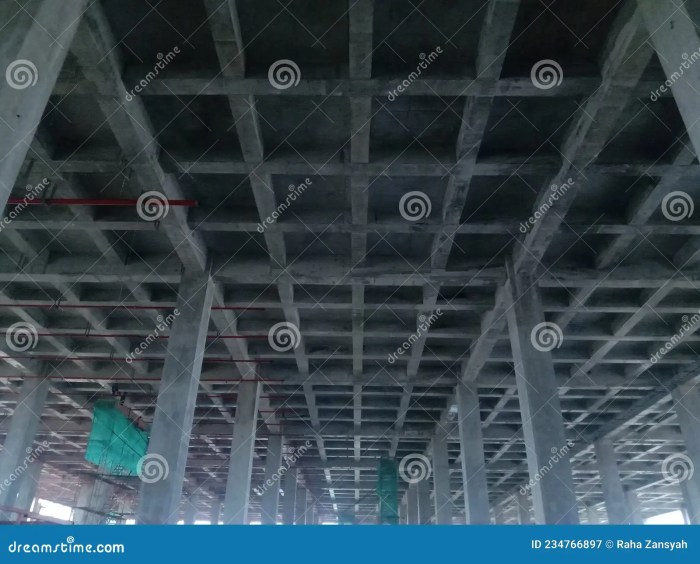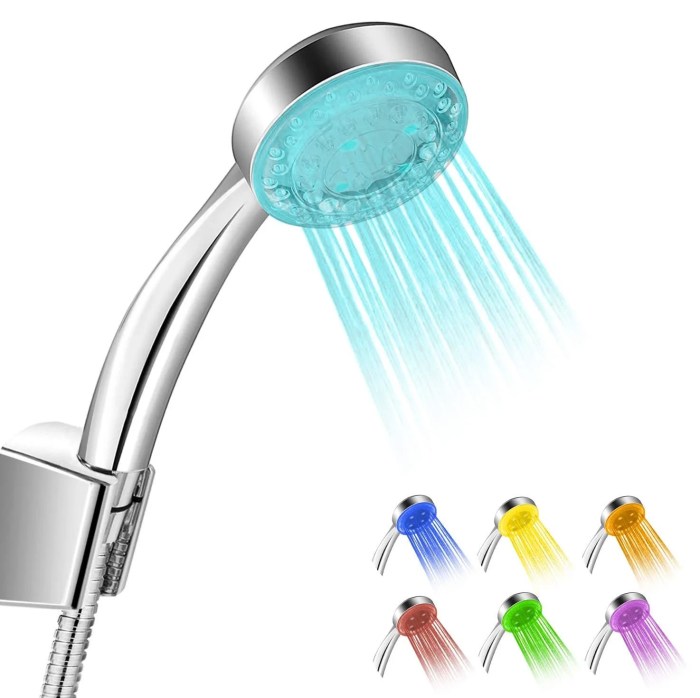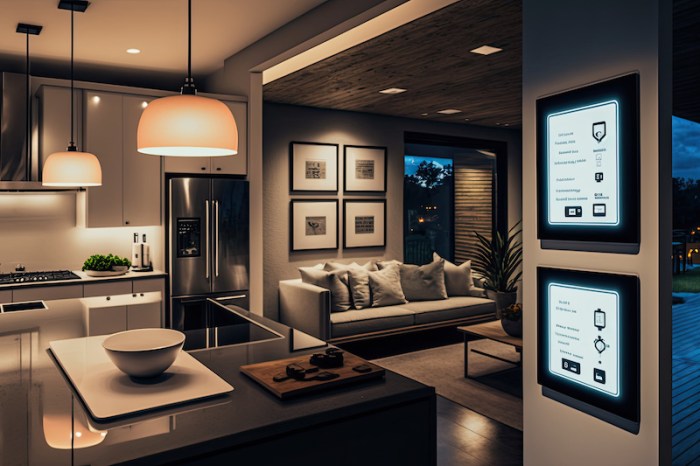
Welcome, brave homeowner! As we venture into the wild world of weatherproofing, we’ll arm you with all the knowledge you need to turn your abode into a fortress against rain, snow, and the occasional unexpected ice cream truck meltdown. Who knew that making your home weather-resistant could be as thrilling as a rollercoaster ride through a storm?
In this journey, we’ll explore a buffet of weatherproofing techniques, from layering up your windows with the best materials to ensuring your appliances can withstand even the most dramatic of weather tantrums. Prepare to dodge common pitfalls that could leave your home feeling more like a soggy sponge than a cozy retreat!
Weatherproofing Techniques

Weatherproofing your home is not just a wise investment; it’s a full-fledged superhero mission to protect your beloved abode from the unpredictable whims of Mother Nature. Think of it as installing an invisible force field around your house—except it’s made of materials you can actually see and touch. From torrential downpours to snowstorms that would make Frosty the Snowman shiver, effective weatherproofing techniques are crucial for maintaining the integrity and comfort of your living space.When it comes to weatherproofing techniques, there are numerous strategies tailored to different types of buildings.
Whether it’s a quaint cottage or a towering skyscraper, the right approach can save you from the perils of weather-related damage. Here are some methods that work wonders across various structures:
Effective Weatherproofing Methods
To create a fortress against the elements, several effective methods of weatherproofing can be applied depending on the building type. These methods not only enhance durability but also contribute to energy efficiency and comfort.
- Sealant Application: Applying high-quality sealants around windows, doors, and joints prevents water leaks and drafts. Think of it as giving your home a cozy blanket that keeps out the chill.
- Insulation Installation: Proper insulation in walls, attics, and basements helps maintain temperature and reduce energy costs. It’s like giving your home a warm hug on a frosty morning!
- Weatherstripping: Installing weatherstripping around doors and windows blocks drafts effectively, ensuring that your home stays as toasty as a marshmallow over a campfire.
- Soffit and Fascia Protection: Ensuring these elements are properly installed and maintained can help prevent water damage and pest intrusion. They’re the unsung heroes of your roofline!
- Proper Drainage Systems: Installing gutters and downspouts correctly directs rainwater away from your foundation. It’s like your house has its own little moat—minus the crocodiles.
Materials for Weatherproofing
Choosing the right materials for your weatherproofing endeavors is critical. Some materials stand out for their effectiveness and durability, ensuring your home remains resilient against the elements. Here’s a look at the top contenders:
- Silicone Sealants: Flexible and durable, these sealants offer excellent water resistance and can withstand extreme temperatures—perfect for all seasons!
- Fiberglass Insulation: Known for its high thermal resistance, fiberglass insulation is lightweight and non-combustible, making it a favorite for energy-efficient homes.
- Vinyl Weatherstripping: Easy to install and resistant to moisture, vinyl weatherstripping is perfect for sealing gaps and preventing unwanted drafts.
- Metal Flashing: This durable material directs water away from critical areas of your home, protecting vulnerable spots from moisture damage.
- Water-Resistant Paints: Applying water-resistant or waterproof paint on exterior walls not only beautifies your home but also adds an extra layer of protection against rain and moisture.
Common Mistakes in Weatherproofing
Even the most diligent homeowners can fall into pitfalls when weatherproofing their homes. A little awareness can go a long way in avoiding these blunders. Here are common mistakes to steer clear of:
- Neglecting to Inspect Regularly: Failing to conduct routine inspections can lead to overlooked damages that worsen over time. Schedule check-ups like a dentist appointment!
- Using Inappropriate Sealants: Choosing the wrong type of sealant for specific applications can result in poor adhesion and premature failure. Don’t let your sealant be a “bad date” that leaves you feeling let down!
- Ignoring Roof Maintenance: A neglected roof can lead to leaks and other costly issues. Treat your roof with love and it will return the favor.
- Overlooking the Foundation: Water pooling around the foundation is a recipe for disaster. Ensure proper drainage systems are in place to protect your fortress.
- Rushing the Process: Weatherproofing isn’t a race. Take the time to do it right—your future self will thank you when winter rolls around!
Weatherproofing and Home Improvement
Weatherproofing is akin to giving your home a cozy, waterproof raincoat, ensuring it stays snug and dry even when Mother Nature decides to throw a tantrum. By integrating weatherproofing into your home improvement projects, not only do you enhance your home’s durability, but you also save a pretty penny on maintenance costs. After all, who wants to spend their weekends rescuing moldy drywall or repairing water damage?Weatherproofing is not just about keeping raindrops at bay; it plays a vital role in overall home durability and maintenance.
A home that is well-weatherproofed can withstand harsh weather conditions, reducing the risk of structural damage and prolonging the lifespan of your investment. Imagine your walls as the superheroes of your home, defending against the villainous forces of humidity, wind, and snow. With proper weatherproofing, your residence can maintain its integrity, energy efficiency, and aesthetic appeal, making it a fortress against nature’s whims.
Integrating Weatherproofing into Home Improvement Projects
Incorporating weatherproofing into your home improvement projects is like adding icing to the cake—deliciously necessary! Here are some essential steps to make sure your home is fortified against the elements:
1. Assess Vulnerable Areas
Identify spots in your home that are prone to leaks or drafts, such as windows, doors, and roofs. Remember, if your home were a superhero, these would be the Achilles’ heels!
2. Choose the Right Materials
Select high-quality weatherproofing materials that suit your climate. For instance, if you’re battling heavy rainfall, consider waterproof paint and sealants. If you’re in a desert, focus on sunblock for your windows!
3. Seal Gaps and Cracks
Use caulk to seal gaps around windows and doors. This step is crucial in preventing air leaks; think of it as a barrier against unwanted drafts sneaking in for a surprise visit.
4. Insulate
Insulating your home helps maintain a stable temperature while reducing energy costs. Insulation is your home’s cozy blanket, keeping it warm in winter and cool in summer.
5. Install Weather Stripping
Weather stripping is a nifty way to block drafts. Apply it around doors and windows to ensure they’re snug as a bug in a rug!
6. Apply a Protective Coating
Consider applying a waterproof coating to exterior surfaces like decks and patios to fend off water damage. It’s like applying sunscreen, but for wood!By following these steps, you can effectively weatherproof your home, ensuring it can tackle whatever nature has up its sleeve while enhancing its overall appearance.
Selecting Weatherproofing Solutions that Match Your Home’s Aesthetic
Choosing weatherproofing solutions that complement your home’s aesthetic is like picking the right accessories for your outfit—essential! You want your home to stand strong against the elements, but you also want it to look fabulous while doing so. Here are some tips to help you achieve that harmonious balance:
Color Coordination
Opt for weatherproof paints and coatings that match or enhance your home’s existing color scheme. A bright blue sealant might not work for a charming cottage but could shine on a contemporary home.
Material Selection
Choose materials that blend seamlessly with your home’s architecture. For example, wood siding can be treated with weatherproof finishes to maintain its classic look while keeping moisture away.
Stylish Weather Stripping
Look for decorative weather stripping options that not only seal drafts but also add a touch of flair. Who says practicality can’t be chic?
Landscaping Integration
Use weatherproof landscaping elements to create a buffer against the elements. Think stylishly placed stones or decorative boulders that not only look inviting but also serve a purpose.
Functional Design
Choose functional yet aesthetically pleasing features, such as awnings or overhangs, which can shield doors and windows from rain while adding character to your abode.Incorporating these elements will help your home not only withstand the elements but also look spectacular while doing it, proving that weatherproofing and style can indeed live happily ever after.
Weatherproofing in Relation to Home Appliances

Weatherproofing isn’t just for your roof or walls; it’s also a superhero cape for your appliances! When the rain pours and the winds howl, weatherproofing can be the difference between your blender becoming a soggy mess and your refrigerator staying cool as a cucumber. This magic technique enhances the efficiency and longevity of your home appliances, ensuring they operate optimally even in the wildest weather conditions.Energy-efficient appliances have entered the scene like a knight in shining armor, designed specifically with weatherproofing features.
These appliances boast robust seals, moisture-resistant coatings, and improved insulation, making them the perfect companions for any climate. By investing in these weatherproofed wonders, homeowners can enjoy reduced energy bills and greater peace of mind, knowing their appliances can brave the elements.
Comparison of Traditional Appliances with Weatherproofed Alternatives
When it comes to durability, traditional appliances often resemble that flimsy umbrella that flips inside out at the first sign of a gusty wind. On the other hand, weatherproofed alternatives stand tall like a well-rooted oak tree. Let’s dive into the contrasting features of these two categories:
- Insulation: Traditional refrigerators may struggle against humidity, while weatherproofed models come equipped with specialized insulation that keeps moisture at bay, ensuring food stays fresh and frost-free.
- Sealing: Standard window AC units might let in more warm air than a chatty neighbor, but weatherproofed units have airtight seals that keep the cool air in and the hot air out—making your indoor climate more delightful.
- Durability: Traditional dishwashers can succumb to rust and corrosion when faced with damp environments, while weatherproofed dishwashers are crafted with materials that resist moisture damage, standing the test of time like a seasoned warrior.
- Energy Efficiency: Weatherproofed appliances are designed to operate efficiently in extreme conditions, saving energy and reducing electricity bills, unlike their traditional counterparts that guzzle power like a thirsty camel.
With weatherproofing, your appliances transform from vulnerable to invincible, ready to tackle any weather challenge. Whether it’s rain, sleet, or snow, weatherproofed appliances are here to save the day and your energy bills!
Final Review
In conclusion, as we wrap up our weatherproofing adventure, remember that a well-protected home is not just a happy home—it’s a fortress against the unpredictable whims of Mother Nature. With the right techniques and materials, you’ll be equipped to tackle anything from drizzle to deluge, ensuring your home is both stylish and sturdy. So go forth and weatherproof your domain—may the forecast always be in your favor!
FAQ Corner
What is weatherproofing?
Weatherproofing is the process of making a building resistant to the effects of weather, such as rain, snow, and wind, ensuring comfort and durability.
Why is weatherproofing important?
It prevents water damage, enhances energy efficiency, and prolongs the lifespan of your home and its appliances.
Can I weatherproof my home myself?
Absolutely! Many weatherproofing techniques can be DIY projects, but some may require professional assistance, especially for complex tasks.
What materials are best for weatherproofing?
Common weatherproofing materials include sealants, waterproof membranes, weatherstripping, and insulated glass.
How often should I check my weatherproofing?
It’s a good idea to inspect your weatherproofing at least once a year, especially before winter, to ensure everything is intact and effective.









